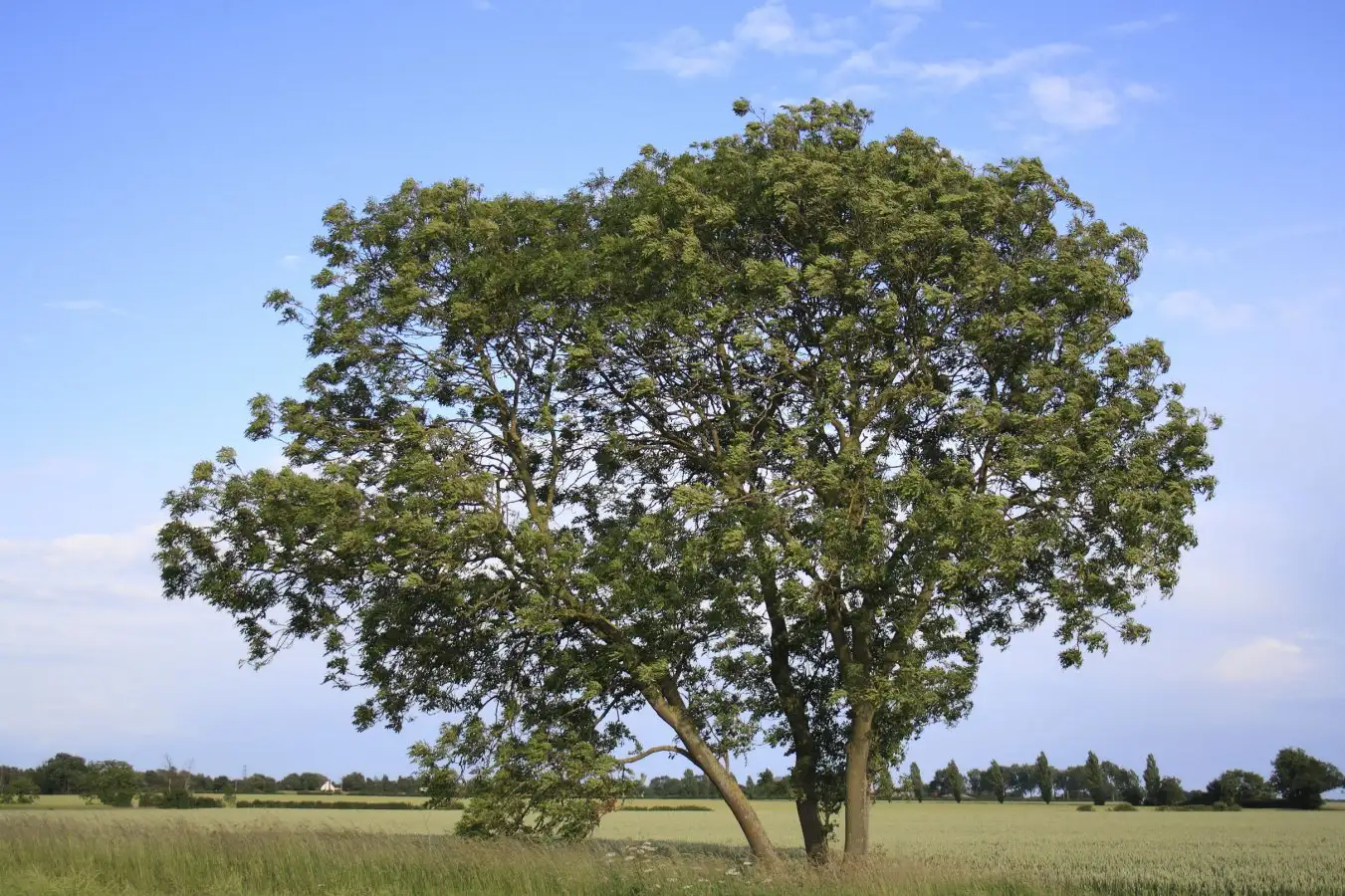
Ash trees are rapidly evolving some resistance to ash dieback disease
How did your country report this? Share your view in the comments.
Diverging Reports Breakdown
Ash trees are rapidly evolving some resistance to ash dieback disease
DNA sequencing shows young trees are more likely to have gene variants that confer partial resistance to a fungus that has been wiping out ash trees across Europe. The finding is good news, says Richard Buggs at the Royal Botanic Gardens, Kew, in the UK, but it is unlikely that ash trees will become completely resistant in the near future. Ash dieback is caused by a fungus (Hymenoscyphus fraxineus) native to Asia that slowly destroys trees’ ability to transport water. It began spreading in Europe in the 1990s and reached the UK in 2012. The death of ash trees leads to the release of carbon dioxide and affects hundreds of species that rely on these trees for their habitat. The rate of evolutionary change will also slow in the future as large ash trees die off and fewer fungal spores are produced.
Some ash trees have genetic variants that confer partial resistance to ash dieback FLPA / Alamy
Ash trees in the UK are rapidly evolving resistance in response to ash dieback disease, DNA sequencing of hundreds of trees has shown.
The finding is good news, says Richard Buggs at the Royal Botanic Gardens, Kew, in the UK, but it is unlikely that ash trees will become completely resistant in the near future. “We probably need a breeding programme so that we can help nature along and finish the job,” he says.
Advertisement
Ash dieback is caused by a fungus (Hymenoscyphus fraxineus) native to Asia that slowly destroys trees’ ability to transport water. It began spreading in Europe in the 1990s and reached the UK in 2012.
The death of ash trees leads to the release of carbon dioxide and affects hundreds of species that rely on these trees for their habitat. Falling trees are also a threat to people and property. “There’s a lot of ash close to footpaths and roads that is now quite dangerous,” says Buggs.
Because the fungus takes much longer to kill large trees than young ones, Buggs’s team was able to compare the genomes of 128 adult European ash trees (Fraxinus excelsior) and 458 saplings at a site called Marden Park in Surrey. This revealed that thousands of variants his team had previously shown to be linked to resistance were more common in the young trees – probably because those that lacked them had died off.
Sign up to our The Earth Edition newsletter Unmissable news about our planet delivered straight to your inbox every month. Sign up to newsletter
It is the most detailed genetic picture of evolution in action ever obtained in the wild. “What’s original about this study is we’ve been able to characterise the genetic basis and then demonstrate a shift happening in a single generation,” says Buggs.
However, each of the gene variants has only a tiny effect, rather than conferring complete resistance. The rate of evolutionary change will also slow in the future as large ash trees die off and fewer fungal spores are produced, meaning young ash trees will have a better chance of surviving, says Buggs.
“It’s a massive problem, but they’re not going to disappear,” he says. “I think our results encourage us that some of these young ash trees will hopefully make it through to adulthood, and hopefully have another generation of natural selection.”
Ash dieback hasn’t yet spread to North America, but an introduced insect pest, the emerald ash borer (Agrilus planipennis), is spreading and killing ash trees there. It isn’t clear what will happen if ash dieback and the emerald ash borer both arrive in the same region, but it could make the situation much worse.
“Globalisation is mixing up the world’s insects and microbes, and so we are increasingly seeing these new tree epidemics, and it is very hard for the trees to keep up with it,” says Buggs. “Trees are facing threats that they’ve never faced before, coming at them at speeds that they never have before.”
He thinks we need to step in to help trees survive the onslaught, for instance by crossing native trees with exotic species to create resistant hybrids.
“One of the answers is to be moving the genetic diversity of trees around the world as well, to keep up with all of the pests and pathogens that we’re moving around,” he says.
